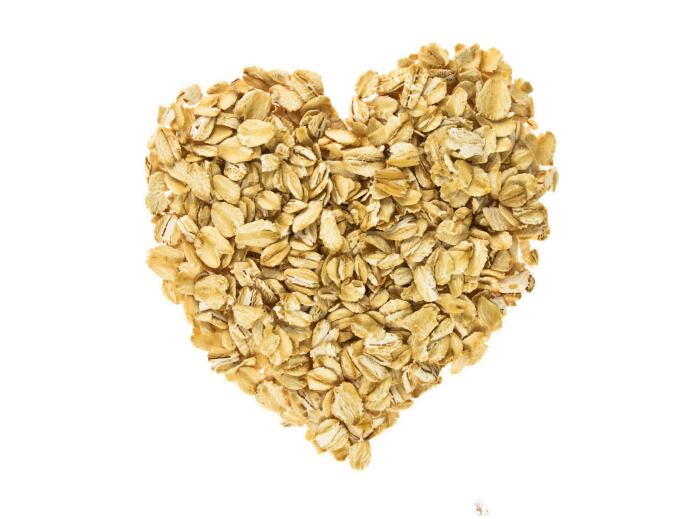Most granola bars are made using binding ingredients such as syrup or sugar alcohol and a cold pressing technique, often resulting in fairly high sugar levels in the bars.
But research from Campden BRI has shown it is possible to manufacture bars without these sugar binders, resulting in significantly lower levels of total sugar content. The research team developed oat bars with 20% added sugar, right down to zero added sugar, and for certain formulations achieved an amber traffic light declaration for both fat and sugar.
Charles Speirs, bakery science manager at Campden BRI, said sugar reduction was made possible with some carefully monitored processing adjustments.
“We developed a new method of binding the oat granola bars together. We thought – ‘can we use the natural stickiness of oats to glue to bar together?’ therefore decoupling the need for sugar. The answer is, yes - you can make it with no sugar at all by using the natural binding properties of the glucan,” he told attendees at Campden BRI’s Snacks Technology conference.
Sticky beta-glucan
Speirs said the beta-glucan in oats was often cited for its health properties but held plenty of benefits from a processing standpoint as well.

“If you look at the nutritional content of oats – you’ve got this beta-glucan; you’ve got some carbohydrate in there; but there are also some fats in there.
“Oats need to be pretreated in order to prevent rancidity happening with the fat in the oats. Typically, oats are pretreated to stabilize them; to inactivate enzymes present in the oats which can give a fairly turpentine flavor…Currently it involves a heating process to condition the oats and that’s always been recognizes as having an impact on the enzymes, but what does it actually do to the other components in the oats? Remember we’ve got a high level of starch and beta -glucan.”
Speirs said research suggested starch and beta-glucan were partially solubilized when brought into contact with hot water – making the formulation ‘tacky’. It was this ‘tacky’ formulation, he said, that enabled a granola bar to be formed under a hot press without binders.
“It’s a hot process – you need to add a low level of water, but that water is subsequently baked off… The purpose of the water is to extract the beta-glucan; you don’t cook the product.”
“…The clever bit is, you add sufficient water just to solubilize the glucan – not so much you gelatinize the starch, otherwise you end up with a sticky mess. It’s getting a fine balance so you can get it stuck together but not turning it into a gluey paste.”
Industrial upscale?
The reduced sugar research was funded by the Scottish Food and Health Innovation Service as part of a wider project to improve foodstuff in Scotland.
Asked if it would be easy to replicate on an industrial scale, Speirs said: “I think it would be about the selection of the oats to minimize the amount of fine. Certainly it all sticks together well, the controls there would be the amount of water you have in contact and the baking conditions.”
